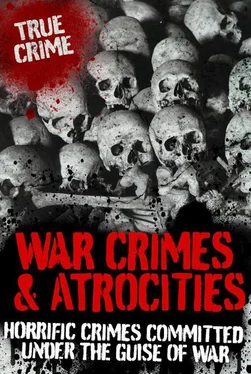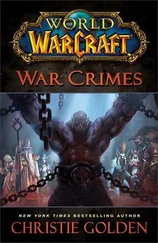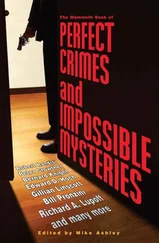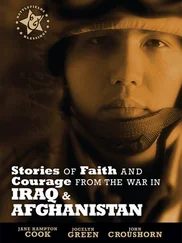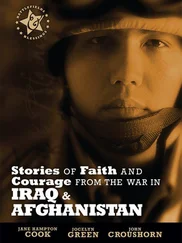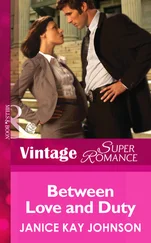Meanwhile, he left behind him a trail of destruction in Uganda. Not only had he eradicated a large majority of the population, but he also left his country with a massive annual inflation rate of 200 per cent and a national debt of US$320 million.
In 1980, Obote returned to power to try and put right some of the harm that had been done, but his re-election proved to be a big mistake, as his second administration seemed to have been as violent as Amin’s. His reign only lasted until 1985 when he was ousted once again.
Amin tried to return to Uganda in 1989, always believing that his country still needed him. He never expressed any remorse for the pain and suffering he had inflicted on the Ugandan people, and his attempted return set alarm bells ringing. He was intercepted at Zaire, where the president forced him to return to Saudi Arabia.
On 23 July, 2003, one of his wives pleaded with President Museveni to allow her dying husband to return to his homeland. The reply from the president was that if he returned he would have to ‘answer for his sins’ and face a trial for war crimes.
Idi Amin died in Saudi Arabia on 16 August, 2003, at the age of 79. He was buried in Jeddah against the wishes of his family, who wanted his body returned to Uganda. Amin was a man who wanted power at all costs and who was prepared to obliterate anyone or anything that stood in his way. His methods were unconventional and harsh, leaving his country in a shambles. Despite his atrocious acts of crimes against humanity, there are still some who say that after several years of national torture that ‘life was actually better under Amin!’
The Killing Fields of the Khmer Rouge
1975–79

The Khmer Rouge were a radical group of Marxists who had an aggressive control over Cambodia for four hellish years, from 1975 to 1979. Saloth Sar, better known as Pol Pot, was the leader of the communist guerilla group, which cost the lives of an estimated two million Cambodians, who died from either starvation, torture or execution. The Khmer Rouge were a ruthless organization who killed without reason and ruled on the basis of instilling fear.
CLEARING THE CITIES
When the Khmer Rouge first came to power on 17 April, 1975, thousands of Phnom Penh residents came out onto the streets to rejoice. This was not because they were supporters of the new group, but because they were relieved that a five-year civil war had come to an end. In fact the majority of the citizens of Cambodia were unaware of who was running their country as the Communist Party of Kampuchea (CPK), the political force behind the Khmer Rouge, felt that furtiveness was the best way of controlling the population. As the people of Phnom Penh celebrated the fact that Cambodia was at last at peace, the Khmer Rouge started planning their campaign of terror.
The Khmer Rouge troops, who were already hardened and embittered by the years of brutal fighting, marched through the streets of the capital with stern faces, making their presence known. They started to order people to leave their homes and abandon the city, and by the end of the day hundreds of thousands of men, women and children were on the move. When the people asked why they had to leave, they were told ‘The Americans are going to bomb the city!’ Of course, there were going to be no attacks; it was simply a ploy on the part of the Khmer Rouge to cleanse the city of unwanted residents in order to create the ideal communist society.
Evacuation of the cities was only the first of many radical moves taken by the Khmer Rouge. As the people were forced out of the cities to live in the rural districts, they soon learned of the new, harsh rules that were being imposed by the Angka (The Organization). This organization were a clandestine group of Khmer Rouge leaders who dictated exactly how Cambodian citizens should conduct their lives. All institutions were banned, including banks, shops, hospitals, schools, religion and families. Everyone was compelled to work between 12 and 14 hours a day, seven days a week. Children were forced to live away from their families, and they had to work either in mobile groups or train as soldiers. Their diet consisted of one bowl of watery soup which, if they were lucky, contained a few grains of rice.
The Khmer Rouge killed young and old indiscriminately – babies, children, adults – all were killed without reason. If the Khmer Rouge didn’t like them, if they didn’t work hard enough, if they came from different ethnic groups, if they were educated or even if they showed signs of distress when their children were taken away – all of these were the excuses behind the slaughter. Everyone had to pledge total allegiance to the Angka for fear of losing their life. Communications with the outside world were forbidden and all the previous rights of the Cambodian citizen were cruelly taken away. The people of Cambodia soon realized that they had to live by the rule of the new, barbaric dictators.
LIFE IN THE WORK CAMPS
One of the main reasons for resettling the urban population into the countryside was to build a new country based on agricultural success. Pol Pot, together with his Khmer Rouge leaders, put together a four-year campaign in which the people of Cambodia were expected to produce an average yield of 3 metric tons of rice per hectare (1.4 tons per acre) annually. The average national yield up until that time had only been about one metric ton per hectare. To try and meet these new, impossible demands, the people were forced to work for 12 to 14 hours a day, with little food and inadequate periods of rest. Many of whom were born and raised in the cities were not used to manual labour and soon fell sick, and many died. Those who survived, but who were not considered well enough to go back to work, simply disappeared. They were taken away from the camps, forced to dig their own graves and then hit on the back of the head with a shovel. Regardless of whether the knock to the head killed them, the victims were still buried and left to suffocate.
On the one hand, peasants or previous land workers were known as the ‘old people’ by the Khmer Rouge and were seen as ideal communists for the new state. On the other hand, however, city dwellers were seen as the ‘new people’ and they were considered to be the root of all capitalist evil. For this reason, the lives of the new people were seen as having no real value for the Khmer Rouge campaign, and so even the most minor violation of rules was enough reason to send them to the killing fields. For example, if they were seen to be trying to get extra food, this was seen as a sin, despite the fact that the rations were so low hundreds of thousands of Cambodians starved to death. As family relationships were banned, if they were seen talking to any relative they would die, if they wore glasses they would die, if they were educated they would die, and so it went on. Even those people who worked themselves into the ground for the Khmer Rouge, would eventually be charged as associate enemies of the state and taken off to the killing fields. Living under these incredibly harsh conditions, the Cambodians did everything they could in their power to stay alive, cutting off all ties with their past and pretending to be an illterate peasant or one of tthe ‘old people’, just on the offchance they might manage to stay alive.
TUOL SLENG
As if the conditions weren’t harsh enough in the work camps, a number of political prisoners and their families met their fate inside the Khmer Rouge interrogation centres. The most famous of these was Tuol Sleng, meaning ‘hill of the poisonous trees’, the site of an abandoned Phnom Penh high school and code-named S-21. The people who were taken inside Tuol Sleng were simply known as konlaenh choul min dael chenh – ‘the place where people go in but never come out’. Tuol Sleng was part of a sophisticated network of prisons where people were systematically imprisoned, tortured, interrogated and murdered by a group of sadistic guards who would do anything to extract fictitious confessions to imaginary crimes. Many of the prisoners were selected from all around the country and were often former members of the Khmer Rouge who had been arrested for supposed espionage.
Читать дальше
